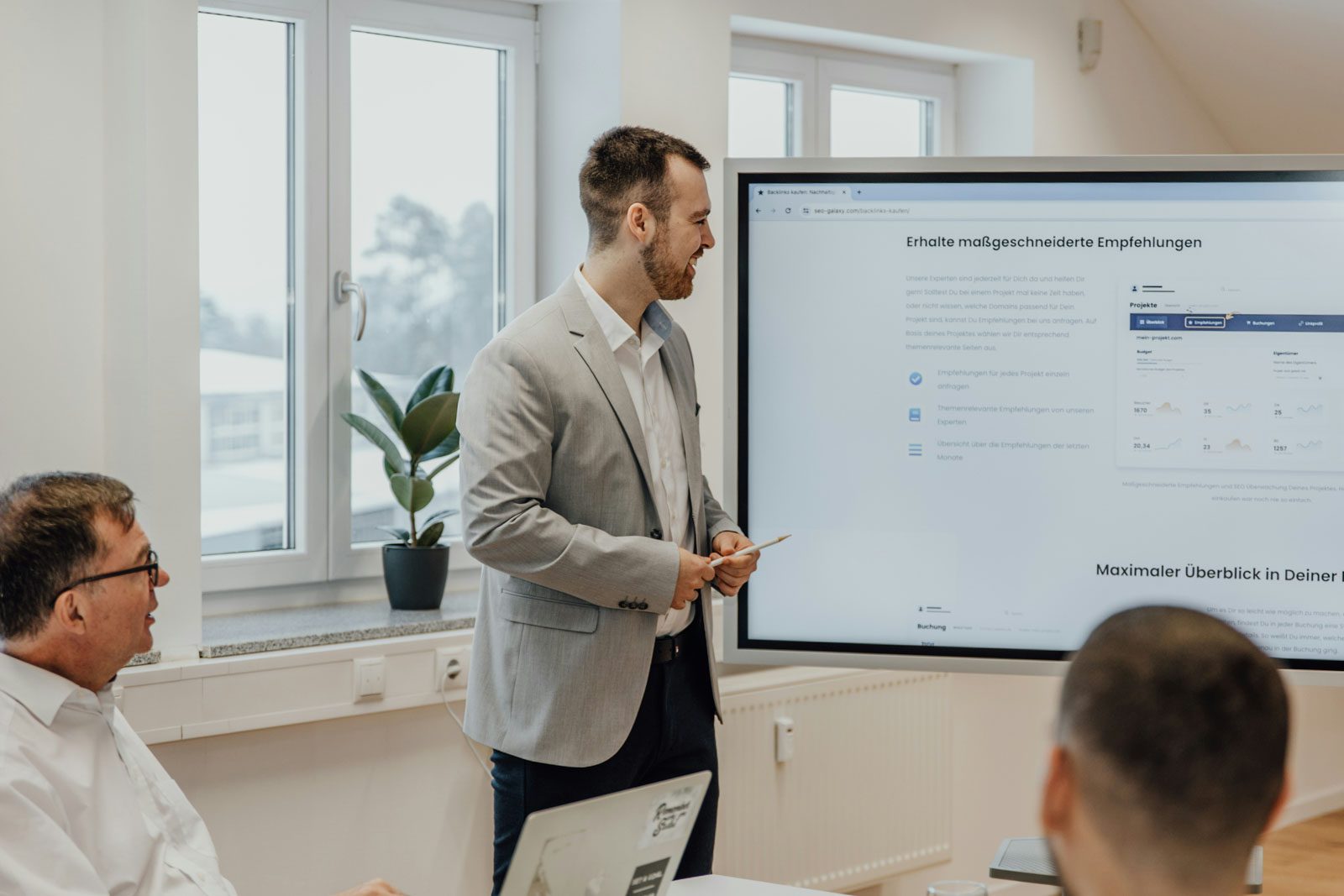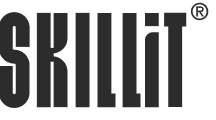
“People are our most valuable asset.”
We’ve all heard it. But here’s the real question:
Do companies actually know what their people can do?
In a world where change is the only constant, most organizations are still designing jobs, hiring talent, and investing in development using frameworks that belong to the past. CVs, job titles, and annual performance reviews no longer give us the whole picture. The future doesn’t belong to the most qualified on paper — it belongs to the most adaptable. According to the World Economic Forum, 44% of employees’ core skills are expected to shift by 2027 — making static job descriptions increasingly irrelevant.
Welcome to the skills era.
From Job Titles to Skill Sets: The Quiet Revolution
For decades, workforce strategy was all about fixed roles and linear career paths. Today, that model is rapidly becoming obsolete. McKinsey has shown that roles are becoming outdated faster than ever. Why? Because the world of work has changed. Emerging technologies, AI, hybrid models, and gig work have redefined what it means to “have a job.”
Forward thinking companies understand that “role-based thinking” limits growth — while “skills-first thinking” unlocks agility. Instead of focusing on what a person is, the focus shifts to what they can do, learn, and become. However, most organizations are not tuned. They still lack a clear view of their workforce’s real skills and capabilities.
The Problem: Skill Blindness
What we call “skill blindness” is the gap between what talent can do, and what the organization knows they can do. In fact, McKinsey & Company report that a large portion of recruiting budgets is spent to acquire capabilities already present — but invisible — within the organization.
So what actually happens?
Companies end up hiring externally for skills they already have in-house — simply because they don’t know those capabilities exist. Meanwhile, internal talent is left underused, disengaged, or completely ignored. Learning and development programs also tend to be broad and generic, not targeted to individual or strategic needs. KPI’s are often tied to tasks or deliverables, but rarely reflect a person’s actual growth or evolving skill set. And day-to-day decisions? They’re usually based on assumptions — not real insights of what people can actually do. This results in misaligned teams, poor retention, wasted resources — and most importantly, lost potential. Research from Pearson and the WEF highlights that organizations without clear internal visibility are more likely to experience redundancy, low mobility, and skill mismatches.
The Shift: Skills-First Strategy with Real KPI’s
The skills-first model represents a fundamental shift in how talent is identified and nurtured. Rather than filtering people based on traditional qualifications or experience, this model evaluates individuals based on their actual skills and potential. This approach addresses long-standing inefficiencies and inequalities in the labor market, where many talented employees are overlooked due to non-traditional career paths.
Leading companies are already shifting to skills-first architectures– practical systems that enable dynamic growth and smarter workforce decisions. They’re mapping internal capabilities, defining roles more dynamically, and tracking progress with strategic KPI’s that actually capture growth.
So, what does a skills-first strategy look like?
- Skills Mapping: Knowing what skills exist across your workforce — and what’s missing
- Learning KPIs: Measuring engagement, adoption, and application of new knowledge
- Mobility Metrics: Tracking how people move and grow inside the organization
- Impact-Driven Development: Aligning upskilling and reskilling with business goals
Companies like Unilever and PwC have already adopted internal skills marketplaces, helping match talents with emerging needs in real time. Deloitte also notes that organizations tracking skills-based KPI’s see stronger internal mobility and faster reskilling cycles. The payoff? Resilience, better retention, and more future-ready teams, turning learning and workforce development into competitive advantage.
Why it Matters?
The shift to a skills-first approach has profound implications for both employers and employees. For businesses, this model enhances agility and competitiveness by ensuring that the workforce is equipped with the skills needed to adapt to changing market demands. It also means smarter hiring and a more engaged workforce by fostering a culture of continuous learning and innovation which drives to organizational success.
For employees, a skills-first approach opens up new opportunities for career growth and development. It allows individuals to be recognized for their capabilities, regardless of their educational background or previous job titles. This approach encourages lifelong learning and adaptability, essential traits in today’s fast-changing job market. Finally, this model also promotes equity and inclusion, giving everyone a fair shot at success.
Rethinking Human Capital
This isn’t just a shift in strategy. It’s a shift in mindset.
From asking “What role does this person fill?” to “What potential are we unlocking here?”
As HR researchers increasingly recognize, skills-based ecosystems respond better in fast-changing industries and support long-term engagement.
At Skillit, we help businesses design their talent strategies around skills, not assumptions. We create ecosystems where people are seen for what they can do — and what they can become. Because talent isn’t static. And neither is your business.
What’s Next?
What if your next great hire is already on your team — quietly?
What if your most valuable skill is the one you haven’t measured yet?
It’s time to stop guessing. And start building around real skills.
Want to explore how Skillit can help your organization rethink human capital?




